In memoriam: Florence Knoll Bassett 1917-2019
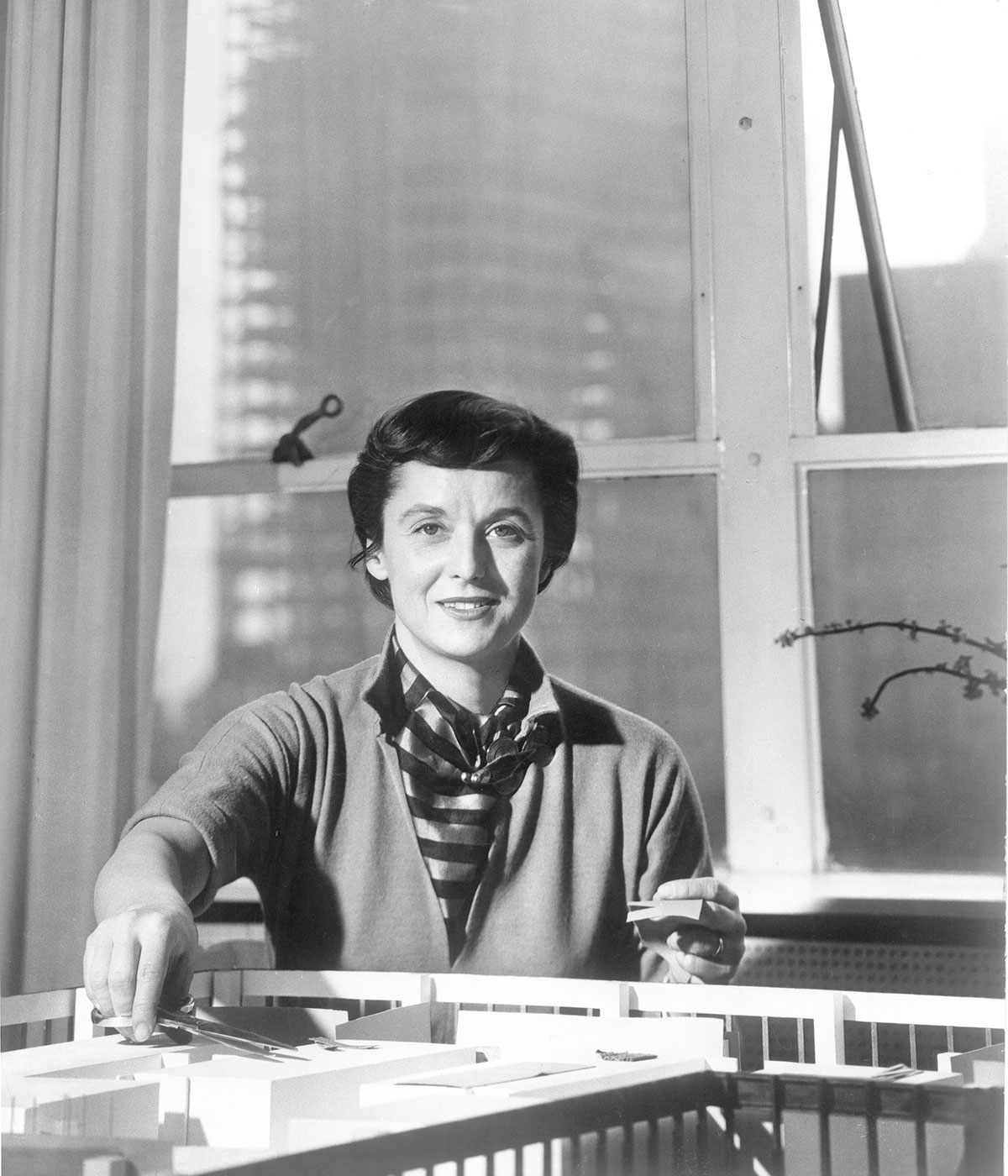
Florence Knoll Bassett, the female pioneer of midcentury modern American design, has died aged 101. She passed away on 25 January in Coral Gables, Florida.
The creative force behind one of the most influential design brands of the 20th century was born in 1917 and grew up in Michigan as an orphan from the age of 12. It was an early friendship with Finnish architects, Eliel and Eero Saarinen and a firm interest in architecture from a young age that led her to enrol at Cranbrook Academy of Art where her most important design education – from the likes of Harry Bertoia took place.
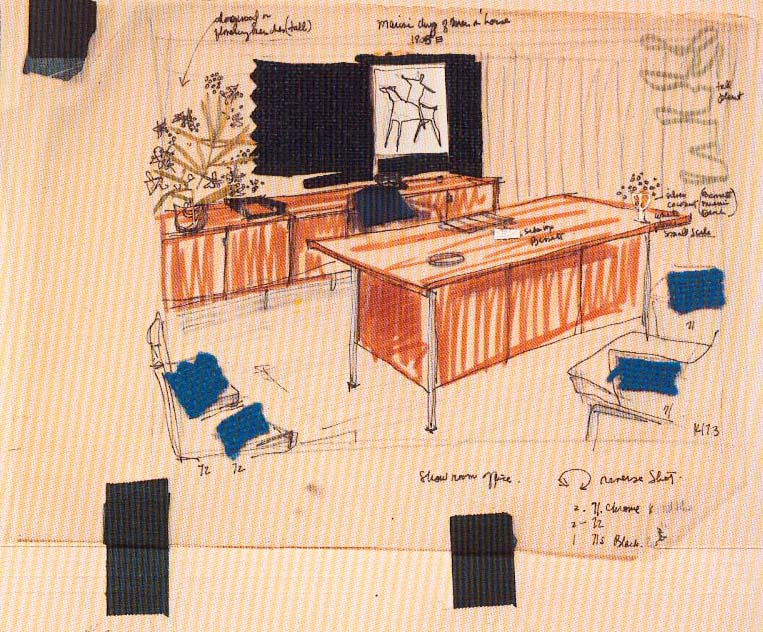
Drawings by Florence Knoll
After this, Knoll (then Schust) went on to learn from the great 20th-century modernist masters of design. She discovered furniture making with Eero Saarinen and Charles Eames, and after a two-year stint at London’s Architectural Association returned to America where she apprenticed for Bauhaus founders Walter Gropius and Marcel Breuer in Boston. Her formal education concluded studying under Ludwig Mies van der Rohe at the Illinois Institute of Technology in Chicago. In 1941, the ambitious young graduate headed to New York.
At this point Florence met Hans Knoll, who was at the time spearheading a new furniture company. She convinced him to let her join the firm. While he was the business brain, Florence bought her fierce design and architectural education to the brand. The pair married in 1946 and together grew the brand into a global design powerhouse. In creating the Knoll Planning Unit, Florence sowed the seeds for a revolution in the design of corporate interiors in postwar America and beyond, introducing open-plan layouts, sleek functional furniture and colourful, acoustic textiles.
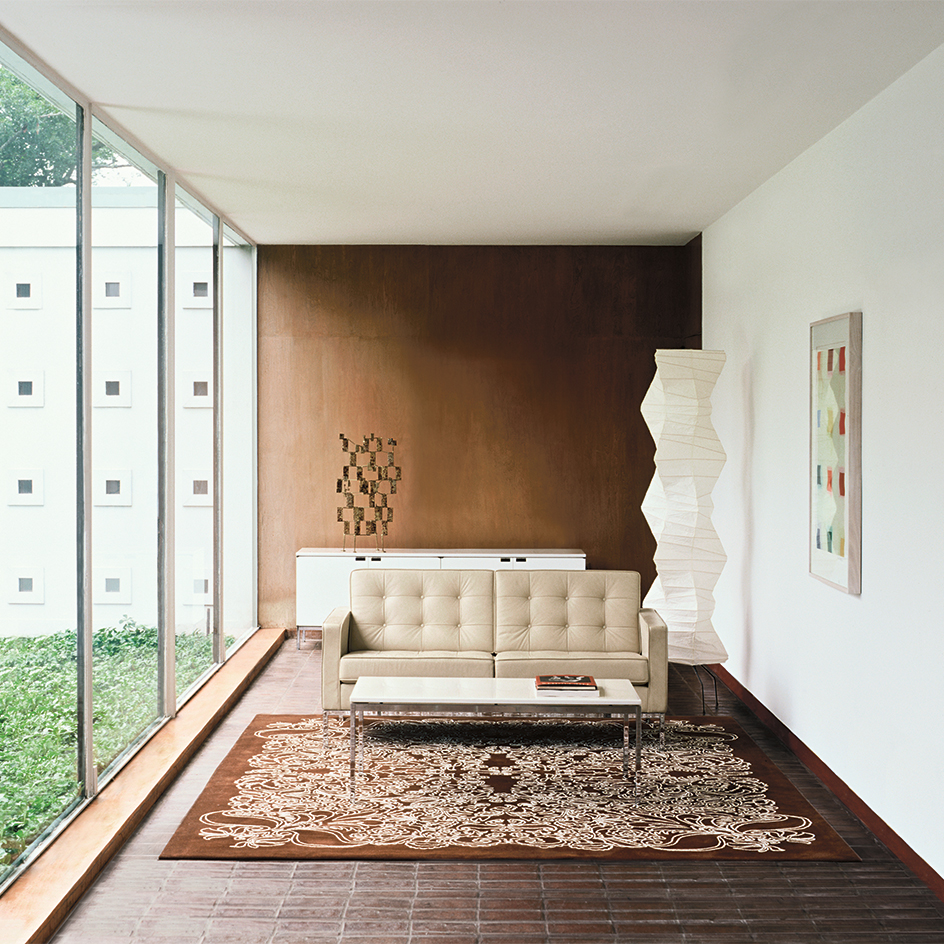
Florence Knoll Sofa, 1954
In addition to commissions from her close friends, Bertoia, Mies, and Saarinen, Florence also designed for the brand. Standouts include her geometric and modern 45" x 22" coffee table, which is built following her rational design ethos, and her midcentury modern lounge chair and sofa from 1954. Although these were groundbreaking designs, Florence was quite self-deprecating, referring to her furniture designs as the ‘meat and potatoes’ filler among the standout pieces by her male counterparts, Bertoia, Mies, and Saarinen.
‘Everything I did was based on my architecture studies’
Hers was a Bauhaus-inspired, ‘total design’ approach creating furniture that fitted the architecture. She said: ‘I designed the architectural [elements] that were needed to make the room work, things like the walls, [tables] and sofas’. Aside from her product design, Florence’s reputation was boosted via her interior projects for the corporate offices of US giants IBM, GM and CBS. Her workspace designs were a further evolution of her architectural approach. ‘Everything I did was based on my architecture studies,’ she said.
Her contribution to American modernism is varied and far-reaching. She became known as the ‘eye of Knoll’ and was promoted to president of the company in the wake of Hans’ death in 1955. She remained in the role until 1960, and after stepping down became design director for a further five years, before retiring from the company. Her most recent feat, at the extraordinary age of 87, was an exhibition of her work at the Philadelphia Museum. She stepped up to fully execute the commission in true Knoll fashion for the resulting 2004 presentation: ‘Florence Knoll Bassett: Defining Modern’. Her remarkable legacy will undoubtedly extend far beyond the century that her designs came to define.
Receive our daily digest of inspiration, escapism and design stories from around the world direct to your inbox.
Sujata Burman is a writer and editor based in London, specialising in design and culture. She was Digital Design Editor at Wallpaper* before moving to her current role of Head of Content at London Design Festival and London Design Biennale where she is expanding the content offering of the showcases. Over the past decade, Sujata has written for global design and culture publications, and has been a speaker, moderator and judge for institutions and brands including RIBA, D&AD, Design Museum and Design Miami/. In 2019, she co-authored her first book, An Opinionated Guide to London Architecture, published by Hoxton Mini Press, which was driven by her aim to make the fields of design and architecture accessible to wider audiences.
-
 Discover The Legacy, Hong Kong’s eye-catching new condo
Discover The Legacy, Hong Kong’s eye-catching new condoThe Legacy, by ACPV Architects Antonio Citterio Patricia Viel, is a striking new condo tower that aims to ‘create a sense of community and solidarity among people’
-
 In BDSM biker romance ‘Pillion’, clothes become a medium for ‘fantasy and fetishism’
In BDSM biker romance ‘Pillion’, clothes become a medium for ‘fantasy and fetishism’Costume designer Grace Snell breaks down the leather-heavy wardrobe for the Alexander Skarsgård-starring Pillion, which traces a dom/sub relationship between a shy parking attendant and a biker
-
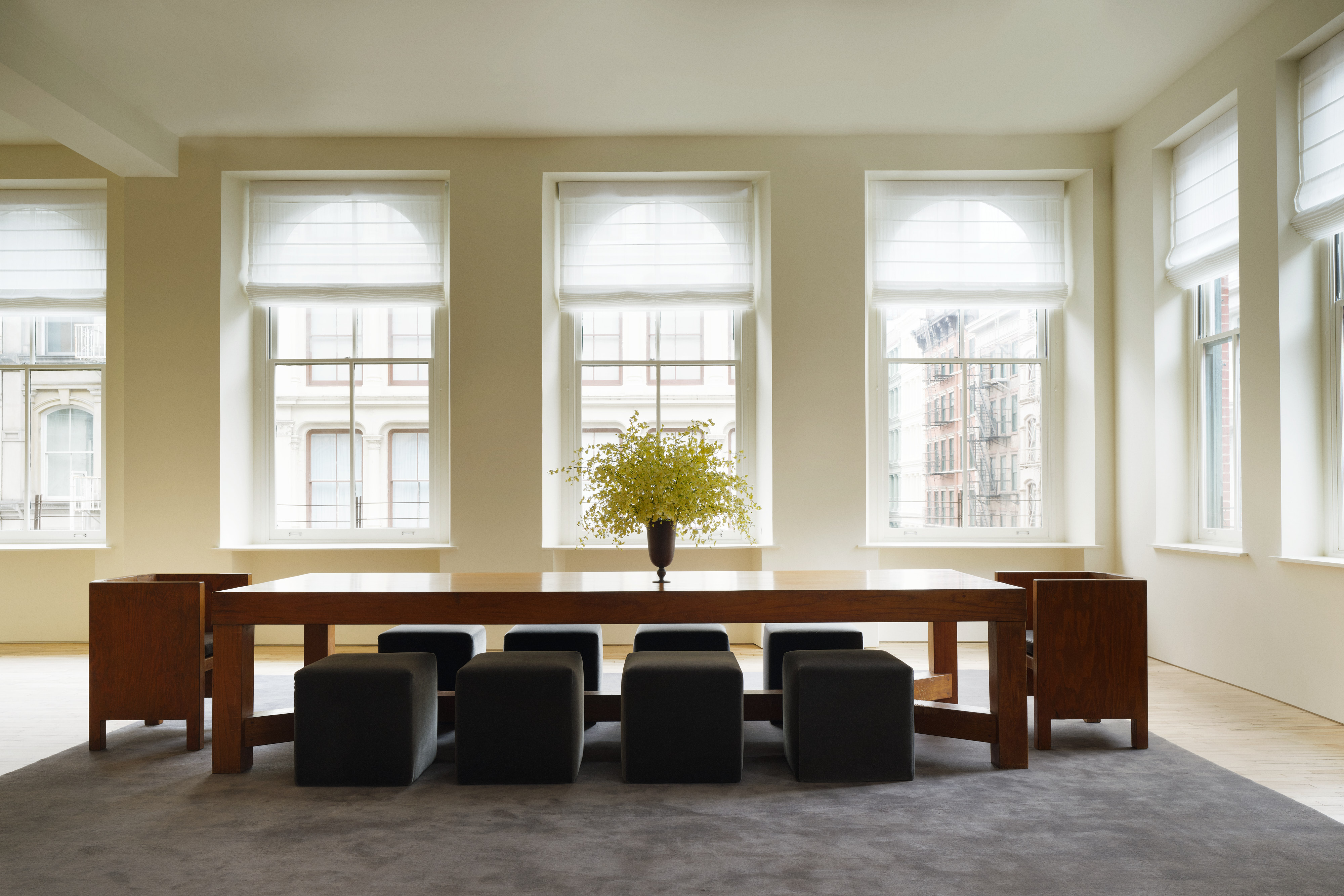 Tour Aflalo’s first retail space, a gallery-like studio in New York
Tour Aflalo’s first retail space, a gallery-like studio in New YorkLight-filled and elegant, Aflalo has opened its first retail space in a classic Soho loft, reimagined by Nordic Knots Studio
-
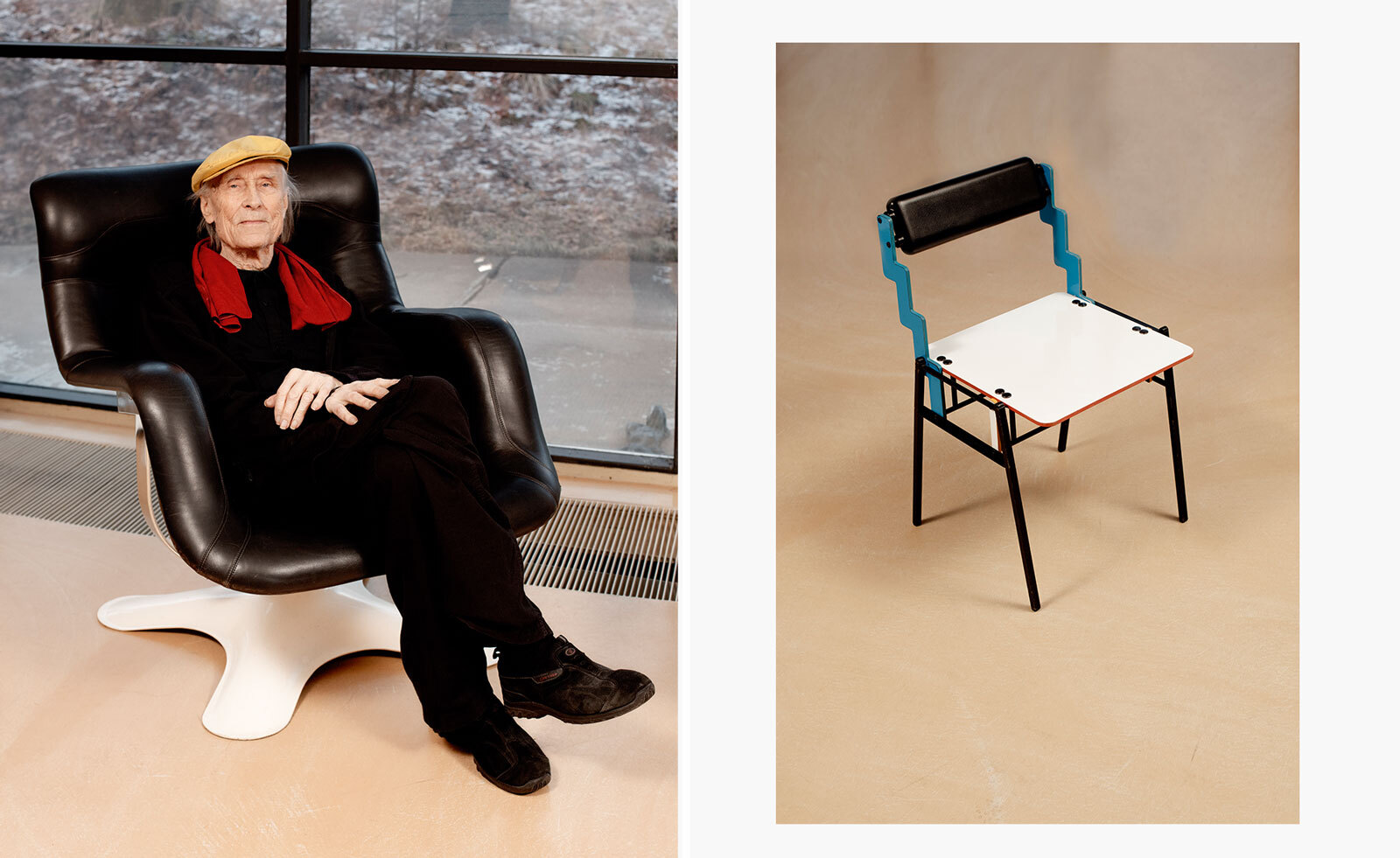 Remembering Yrjö Kukkapuro, Finnish grand master of design (1933-2025)
Remembering Yrjö Kukkapuro, Finnish grand master of design (1933-2025)Almost everyone in Finland has sat in a chair by designer Yrjö Kukkapuro, writes Wallpaper’s Emma O'Kelly, who met him at his studio in 2020 and here pays tribute to a design legend
-
 First Look: ‘It’s a chair that smiles at you,’ says designer Bruce Hannah
First Look: ‘It’s a chair that smiles at you,’ says designer Bruce HannahKnoll reissues the Morrison Hannah office chair from 1973, bringing a welcome dose of comfort to working life and simplicity to complex times
-
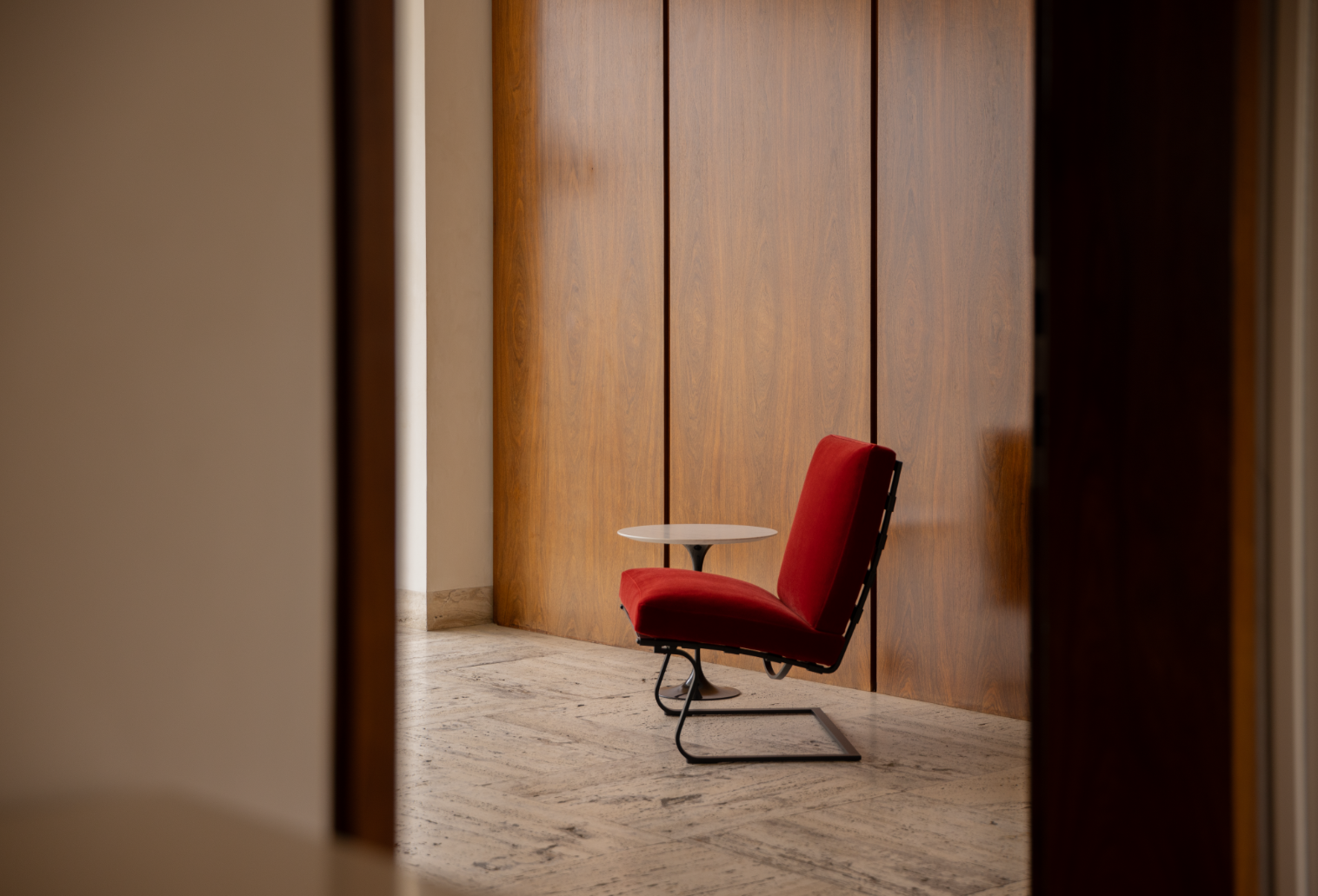 Exclusive first look: Knoll brings the mighty Tugendhat Chair back to life
Exclusive first look: Knoll brings the mighty Tugendhat Chair back to lifeKnoll is reissuing Mies van der Rohe’s Tugendhat Chair, and they took it back home to the Villa Tugendhat in Brno to celebrate its resurrection.
-
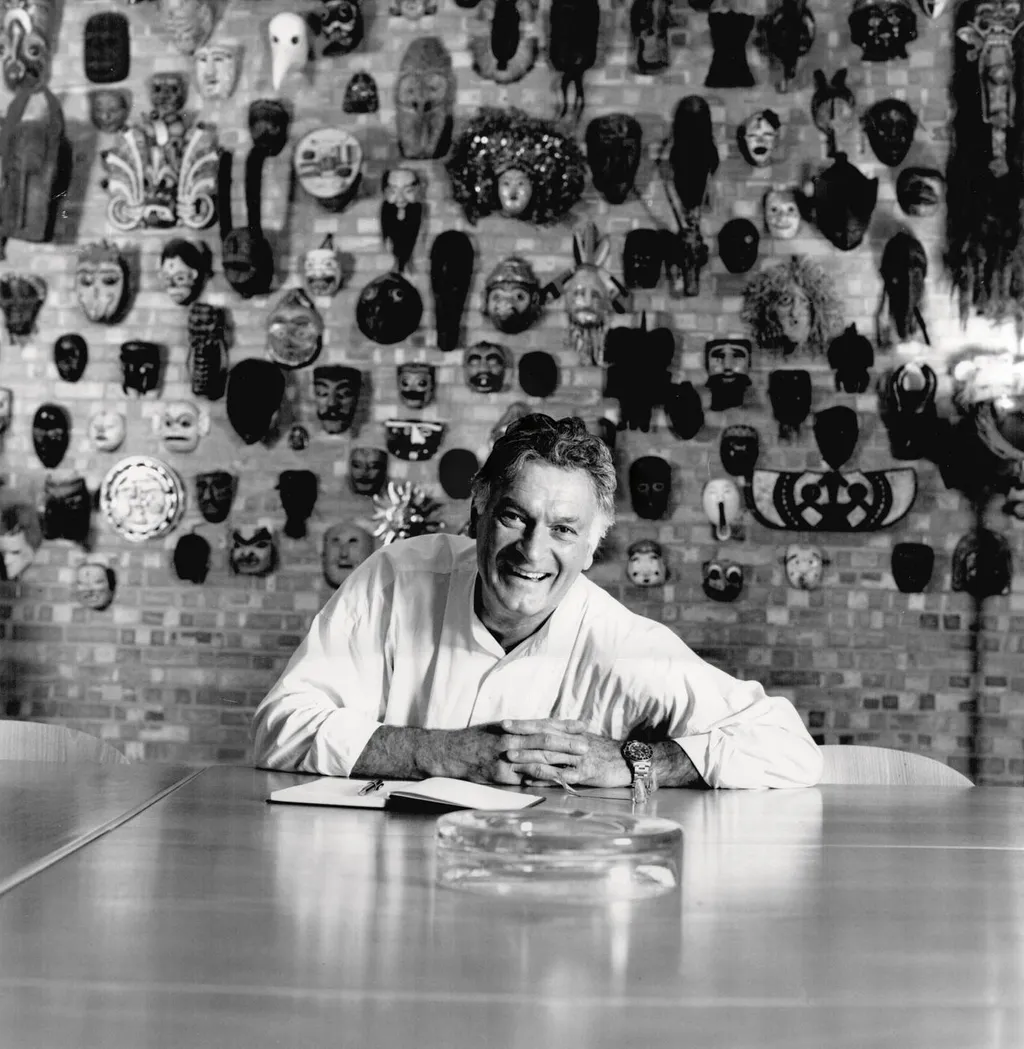 We remember Kenneth Grange, the British industrial designer, who has died aged 95
We remember Kenneth Grange, the British industrial designer, who has died aged 95Kenneth Grange was a colossus of post-war design. With a career spanning six decades, his mission for improvement touched everything from trains to fountain pens, taxis to toothbrushes
-
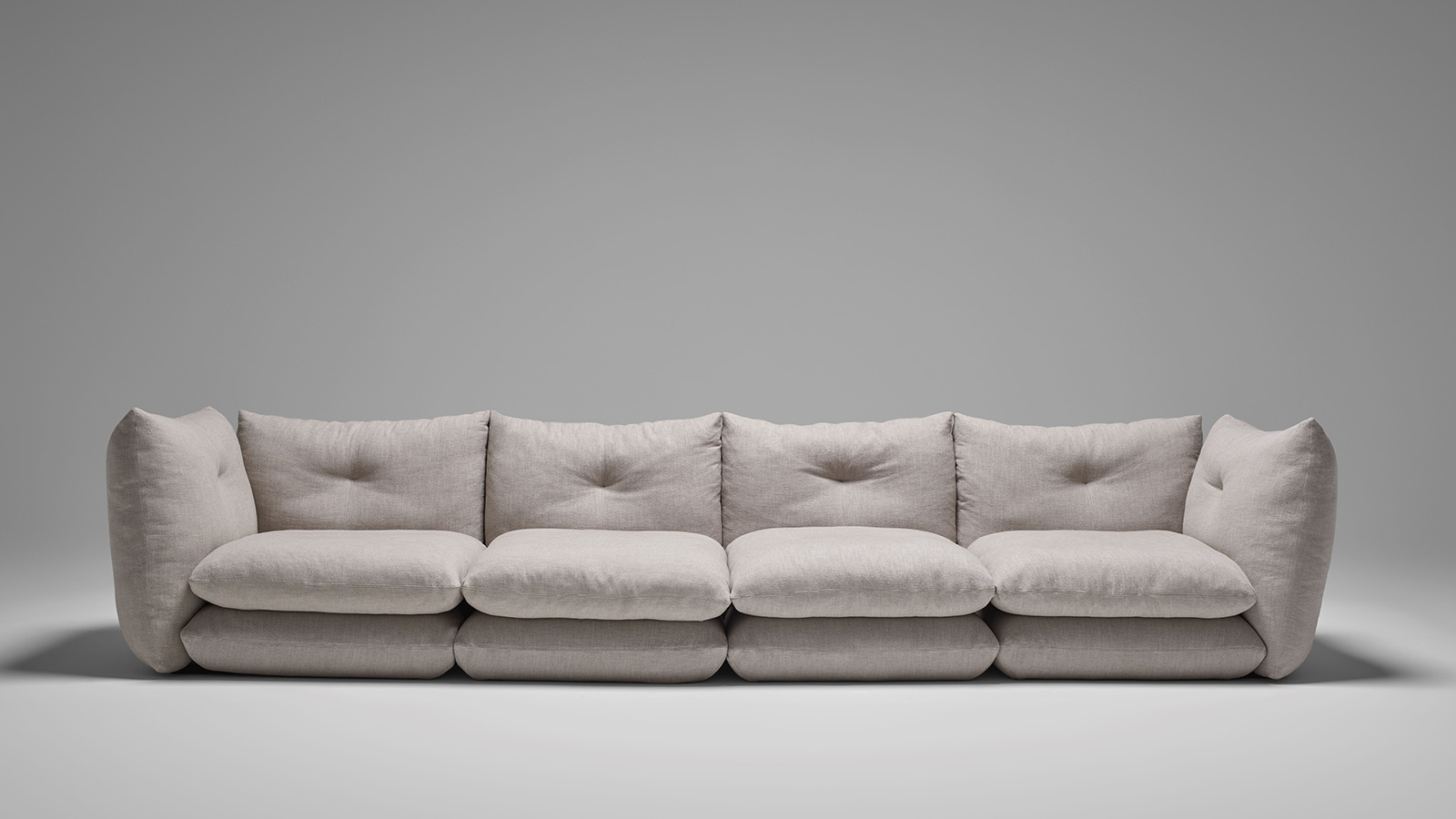 Knoll presents Willo Perron sofa at Salone del Mobile 2024, 'a piece that can stay with you forever'
Knoll presents Willo Perron sofa at Salone del Mobile 2024, 'a piece that can stay with you forever'Salone del Mobile 2024: the ‘Pillo’ sofa by Willo Perron for Knoll is the California-based designer’s first piece for the American brand, prioritising comfort and timeless usability
-
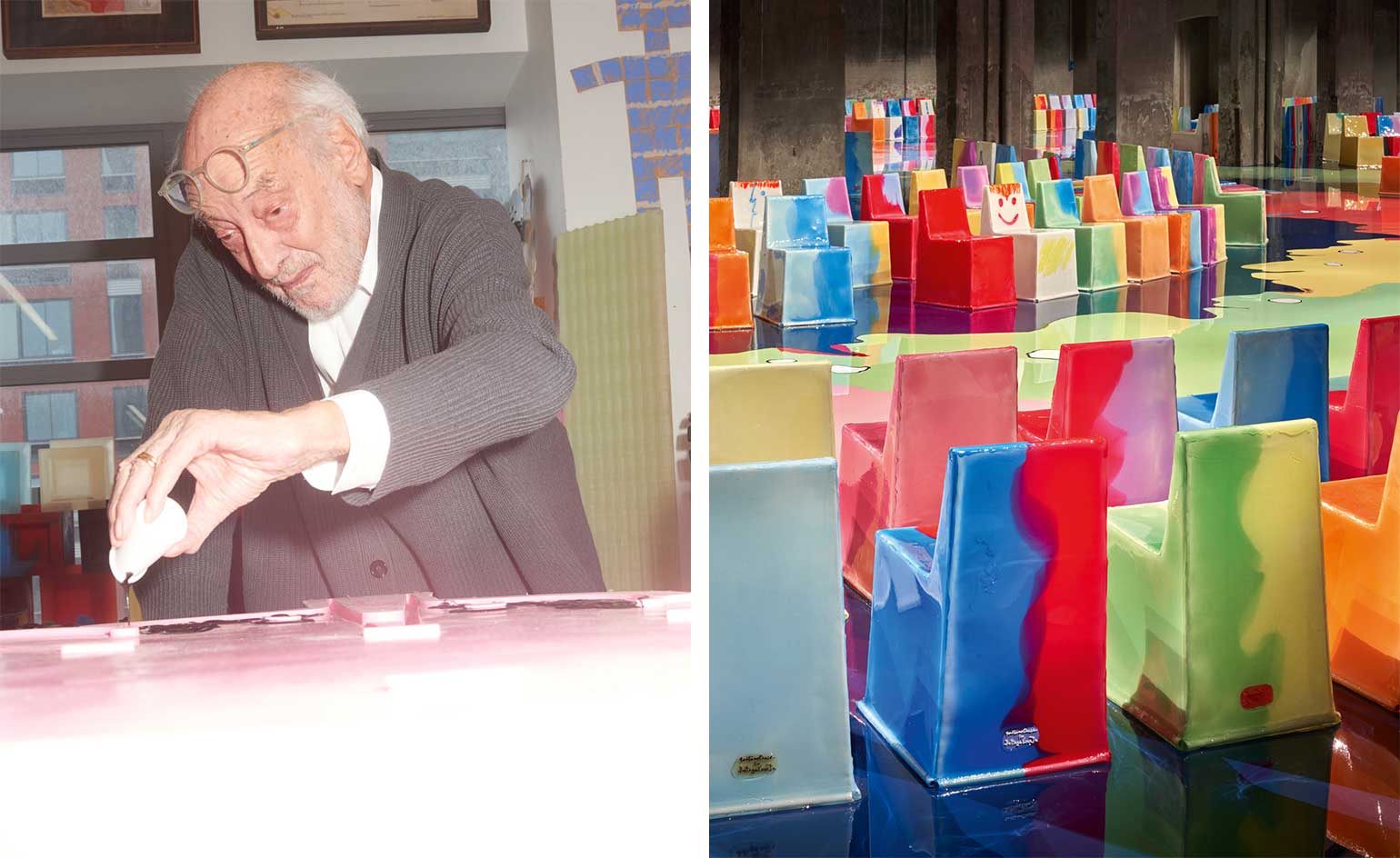 Design world mourns Gaetano Pesce (1939-2024), the ‘most radical of radicals’
Design world mourns Gaetano Pesce (1939-2024), the ‘most radical of radicals’We remember Gaetano Pesce, the rule-breaking Italian design visionary, who has died in New York aged 84
-
 In memoriam: celebrating the lives and work of those we lost in 2023
In memoriam: celebrating the lives and work of those we lost in 2023We honour and remember some of the influential creatives lost during 2023, through the Wallpaper* tributes that ran throughout the year
-
 Knoll classics become unique works of art in the hands of Noel Mercado
Knoll classics become unique works of art in the hands of Noel MercadoChicago artist Noel Mercado transforms three Knoll classics into one-off works of art using discarded car parts